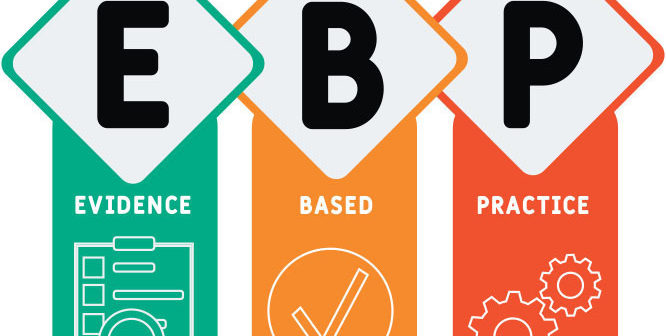Parent Teaching Project
Parent Teaching Project
VP Shunt in a Child with Hydrocephalus
Create a one-page parent teaching project plus a brochure on a child with hydrocephalus.

Parent Teaching Project: VP Shunt in a Child with Hydrocephalus
A Ventriculoperitoneal (VP) shunt is a medical device used to treat hydrocephalus, a condition where cerebrospinal fluid (CSF) builds up in the brain, leading to increased pressure. The VP shunt redirects the fluid from the brain to the abdomen, where it is absorbed by the body. This surgery helps relieve the pressure and reduce symptoms.
How the VP Shunt Works
The shunt consists of three parts: a catheter placed in the brain’s ventricles, a valve that controls the flow of fluid, and a tube leading to the abdominal cavity. This system allows excess CSF to drain safely and prevents further buildup.
Signs and Symptoms of Shunt Malfunction
Parents should be aware of symptoms that may indicate a problem with the VP shunt. These include:
- Persistent headaches or irritability.
- Nausea or vomiting.
- Changes in behavior or cognitive abilities.
- Swelling or redness along the shunt tract.
- Drowsiness or difficulty waking. If any of these symptoms are noticed, contact a healthcare provider immediately.
Post-Surgery Care
After shunt surgery, regular follow-ups with the neurosurgeon are important to ensure that the device is functioning properly. Parents should also monitor for signs of infection, which can include fever, redness, and swelling at the incision site.
Daily Life with a VP Shunt
Children with a VP shunt can often lead normal lives, but certain precautions are necessary. Parents should:
- Ensure that the child avoids contact sports or activities that could injure the head.
- Work with educators and therapists to support the child’s learning and development.
- Understand that the shunt may require adjustments or replacements as the child grows.
Educational Support
Parents should educate themselves about the VP shunt and hydrocephalus. Understanding the signs of complications and the importance of regular monitoring will help ensure the child’s well-being. Many families find support from groups like the Hydrocephalus Association.
Brochure: Understanding the VP Shunt for Children with Hydrocephalus
Front Page: Title and Image “VP Shunt: Caring for Your Child with Hydrocephalus”
Include an image of a child receiving care, surrounded by supportive family members to create a feeling of assurance.
Inside Left Panel: What is a VP Shunt?
A Ventriculoperitoneal (VP) shunt is a device that helps manage hydrocephalus by draining excess cerebrospinal fluid from the brain to the abdomen. This reduces pressure on the brain and prevents complications.
Inside Center Panel: Symptoms of Shunt Malfunction
It’s important to recognize signs that may indicate a problem with the VP shunt. These include:
- Headaches or irritability.
- Nausea or vomiting.
- Sleepiness or trouble waking.
- Redness or swelling along the shunt. Parents should seek medical attention immediately if these symptoms occur.
Inside Right Panel: What to Expect After Surgery
Most children recover well after VP shunt surgery. Parents should follow up with their healthcare provider regularly. Watch for signs of infection, such as fever or swelling near the incision. While the shunt generally works well, it may need adjustments as the child grows.
Back Page: Living with a VP Shunt
Children with a VP shunt can live active lives with a few precautions. Avoid contact sports and consult educators for any needed learning support. Regular medical check-ups are essential to ensure the shunt works properly.
Resources for Support:
- Hydrocephalus Association (website or contact).
- Local groups for parents of children with hydrocephalus.
This format gives parents clear, concise information about VP shunts and how to care for their child.
References
Drake, J. M., & Kulkarni, A. V. (2018). Shunt technology in pediatric hydrocephalus: Advances and challenges. Neurosurgery Clinics of North America, 29(2), 241-248. https://doi.org/10.1016/j.nec.2018.01.008
Rekate, H. L. (2017). The pediatric neurosurgical treatment of hydrocephalus: Past, present, and future. Journal of Neurosurgery: Pediatrics, 20(3), 203-215. https://doi.org/10.3171/2017.5.PEDS17252











